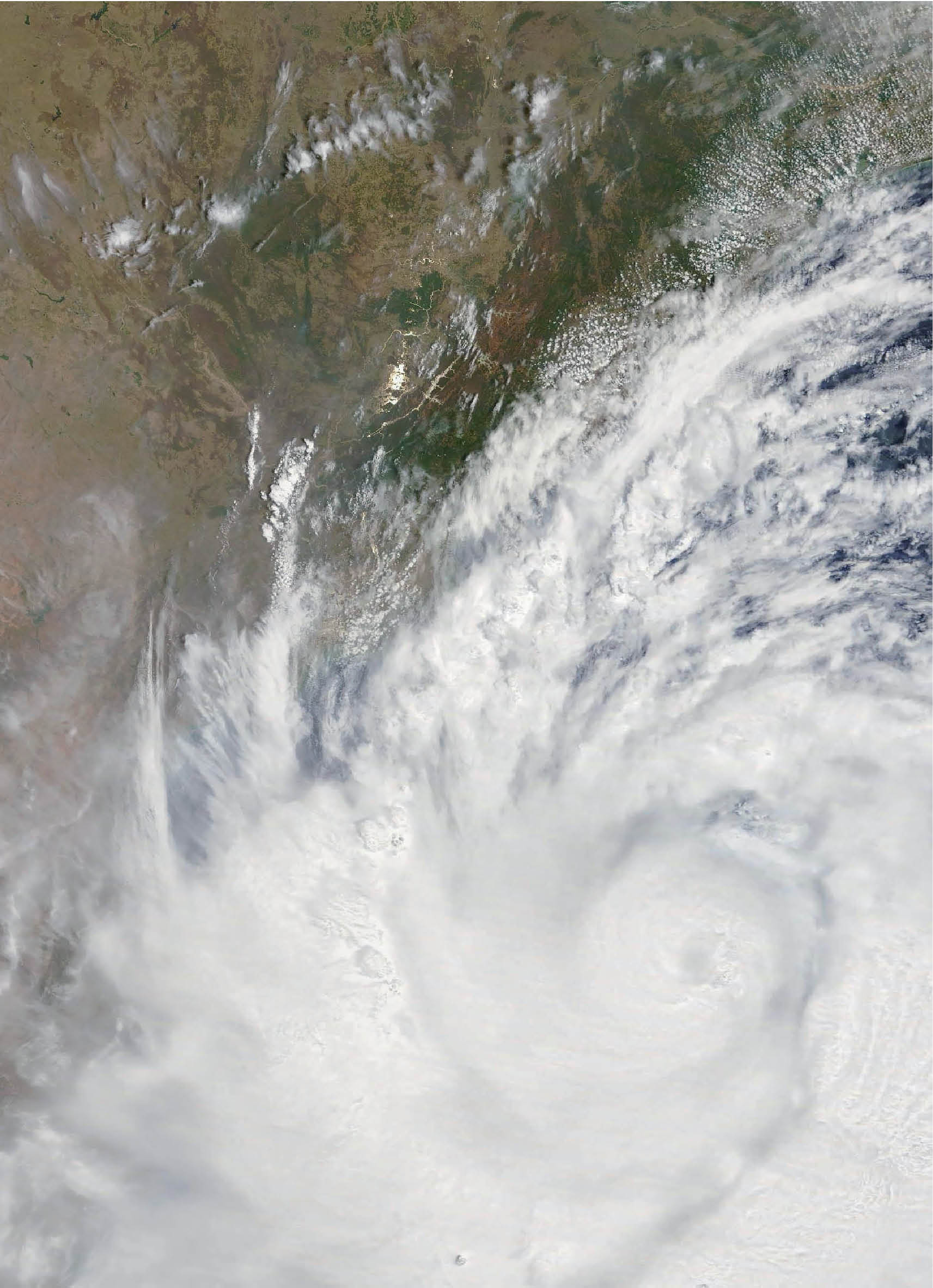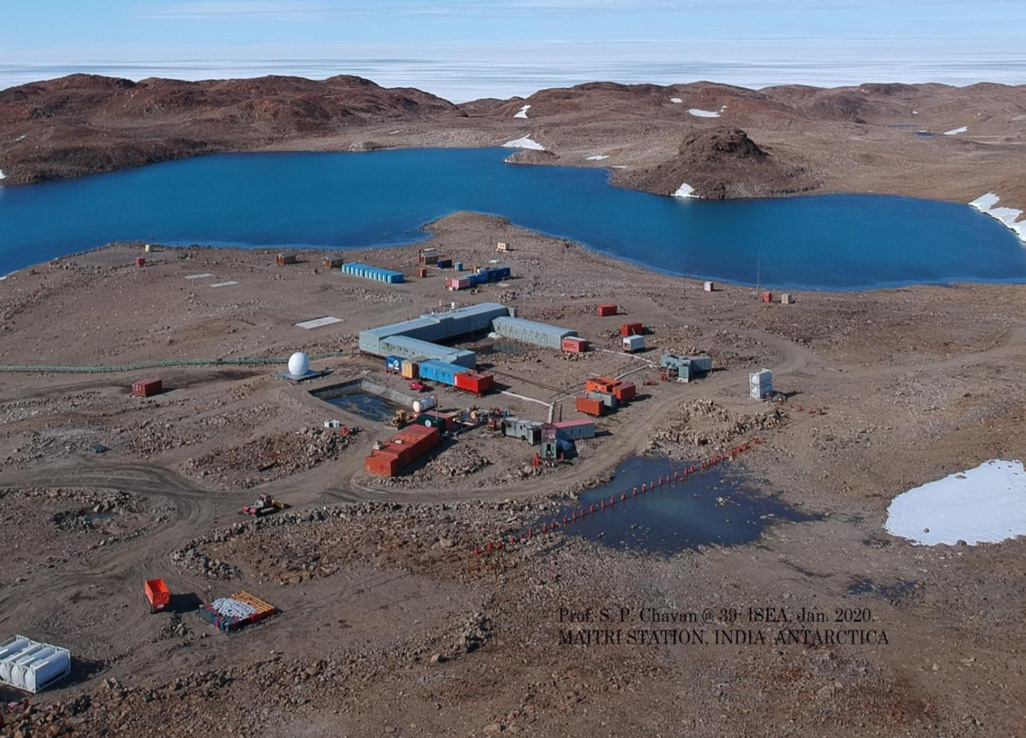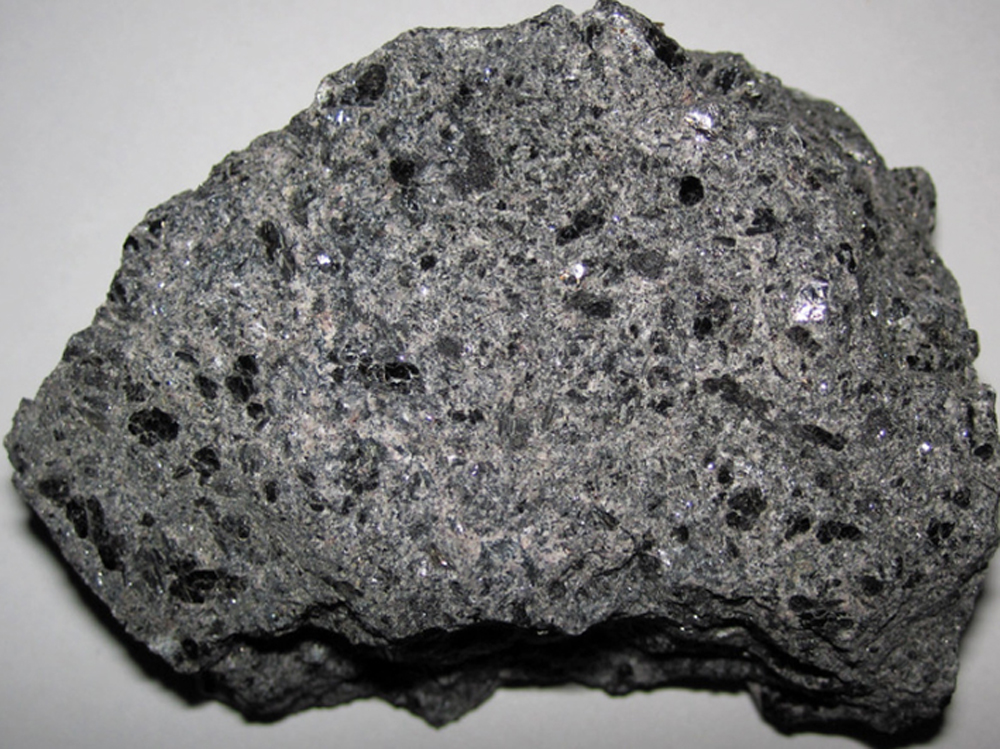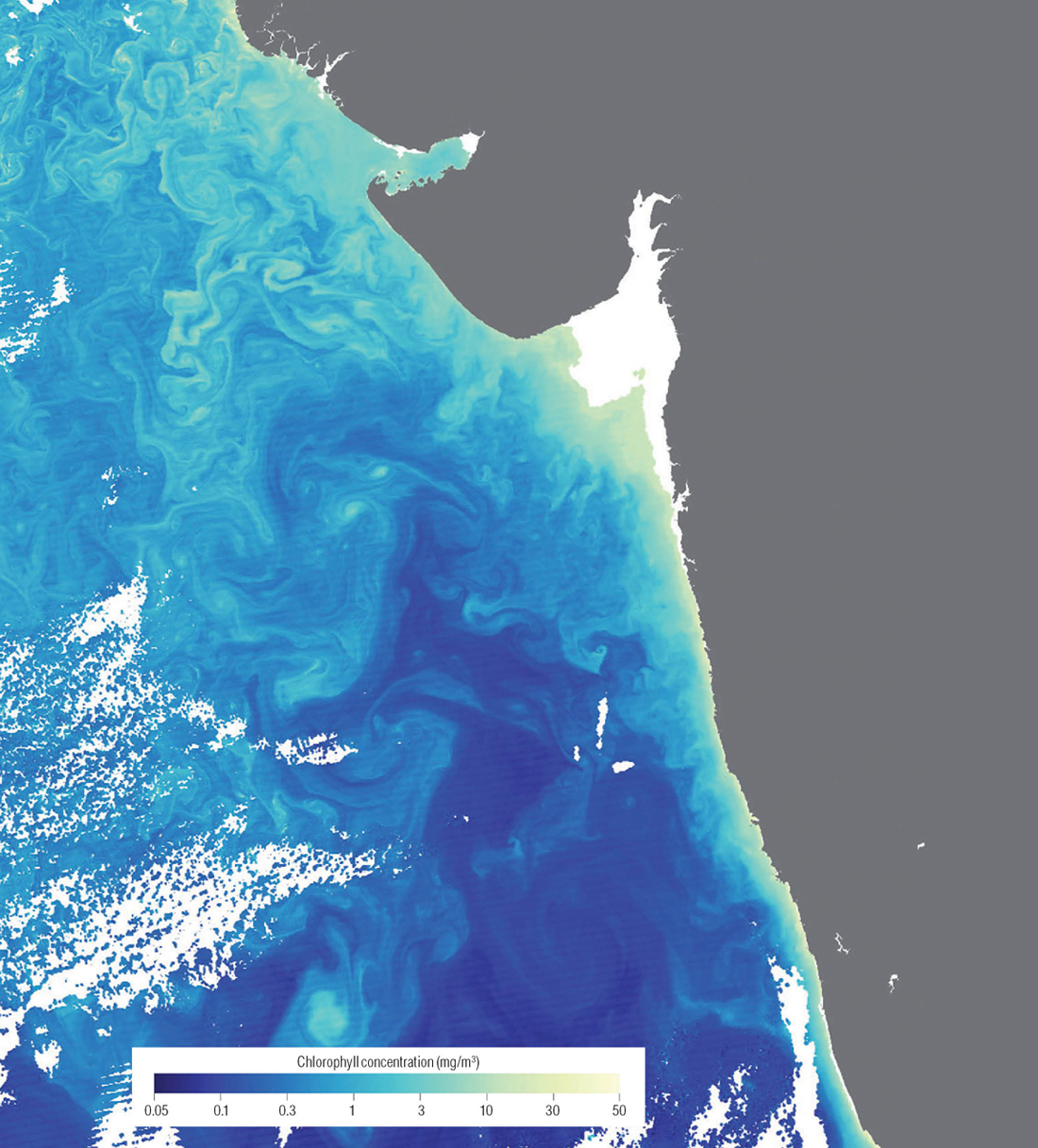Forecasting Tropical Cyclones in the Indian Ocean: A HYCOM-HWRF Coupled System



India is set to embark on a new chapter in its Polar exploration journey with the construction of Maitri II. The Indian government plans to establish a new research station near the existing Maitri ba...
.png )
The Deep Ocean Mission (DOM), approved by the Government of India in 2021 under the Ministry of Earth Sciences (MoES), represents a strategic step in realizing Sustainable Development Goal 14 (SDG 14:...

China recently announced restrictions on the export of seven rare earth elements (REEs), soon after US President Donald Trump decided to impose tariffs. As the world's dominant supplier—responsible fo...
Tropical storm forecast models conventionally use static sea surface temperature (SST), assuming its temporal changes are not significant in forecast. However, oceanic processes such as upwelling, cur...
Dense population along the Indian coast impacts the coral ecosystems making them susceptible to natural and man-made hazards. This work assesses the physical vulnerability and socio-economic risks due...
The present century is experiencing frequent widespread occurrences of algal bloom events in different regions of the world’s oceans. The bloom events more often deteriorate the functions of the ecosy...
About 12 per cent of India's land is prone to floods. High intensity short duration rainfall; inadequate reservoir regulation; reduced channel carrying capacity; and, failure of flood management struc...
Tropical storm forecast models conventionally use static sea surface temperature (SST), assuming its temporal changes are not significant in forecast. However, oceanic processes such as upwelling, currents and eddies, significantly modulate SST even at short time scales. Such changes have the potential to influence the planetary boundary layer. Eminent climate scientists, Morris A Bender and Issac...

Dense population along the Indian coast impacts the coral ecosystems making them susceptible to natural and man-made hazards. This work assesses the physical vulnerability and socio-economic risks due to oceanogenic disasters at the regional as well as micro level. The study also encompasses the impact of sea surface temperature (SST) on coral ecosystems that leads to coral bleaching. The assessm...

The present century is experiencing frequent widespread occurrences of algal bloom events in different regions of the world’s oceans. The bloom events more often deteriorate the functions of the ecosystem. Therefore, fishermen, fishery resource managers, researchers, ecologists, pollution monitoring agencies and environmentalists demand continuous monitoring of bloom episodes. This article present...
